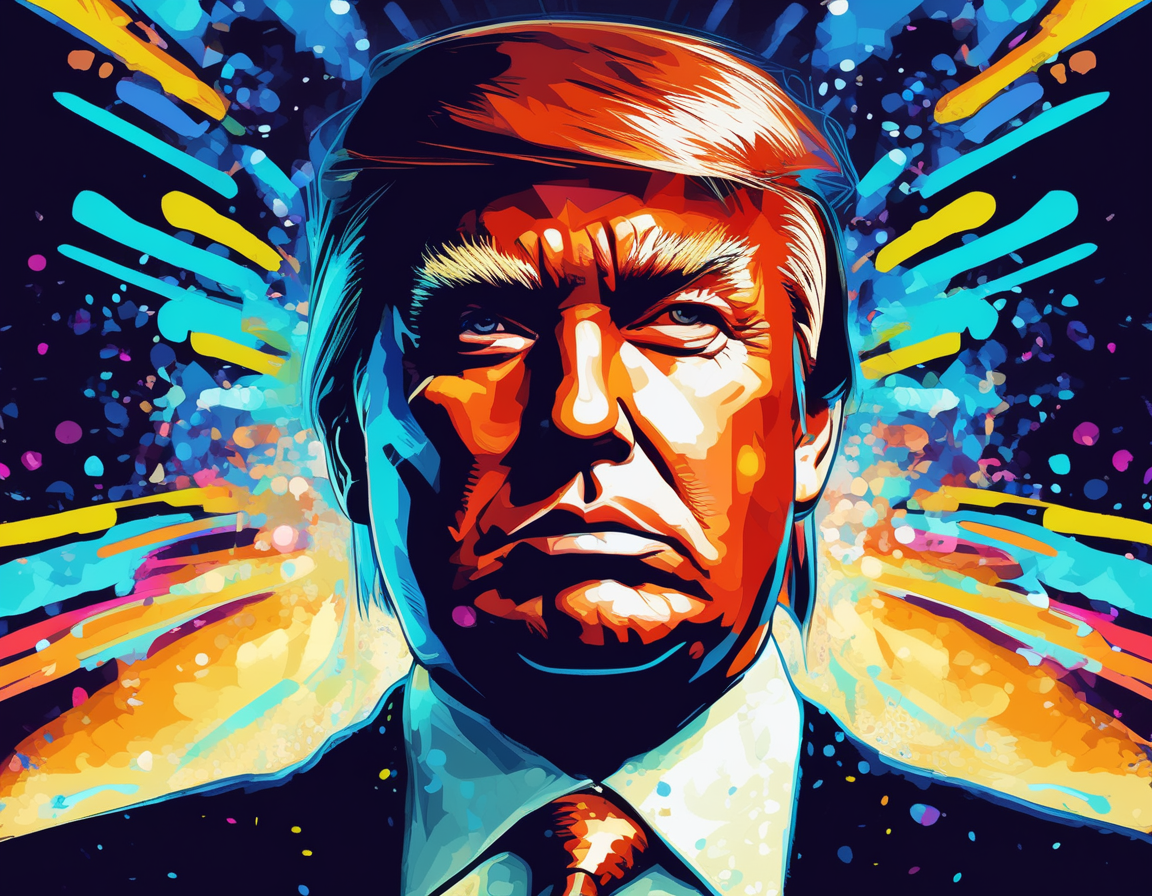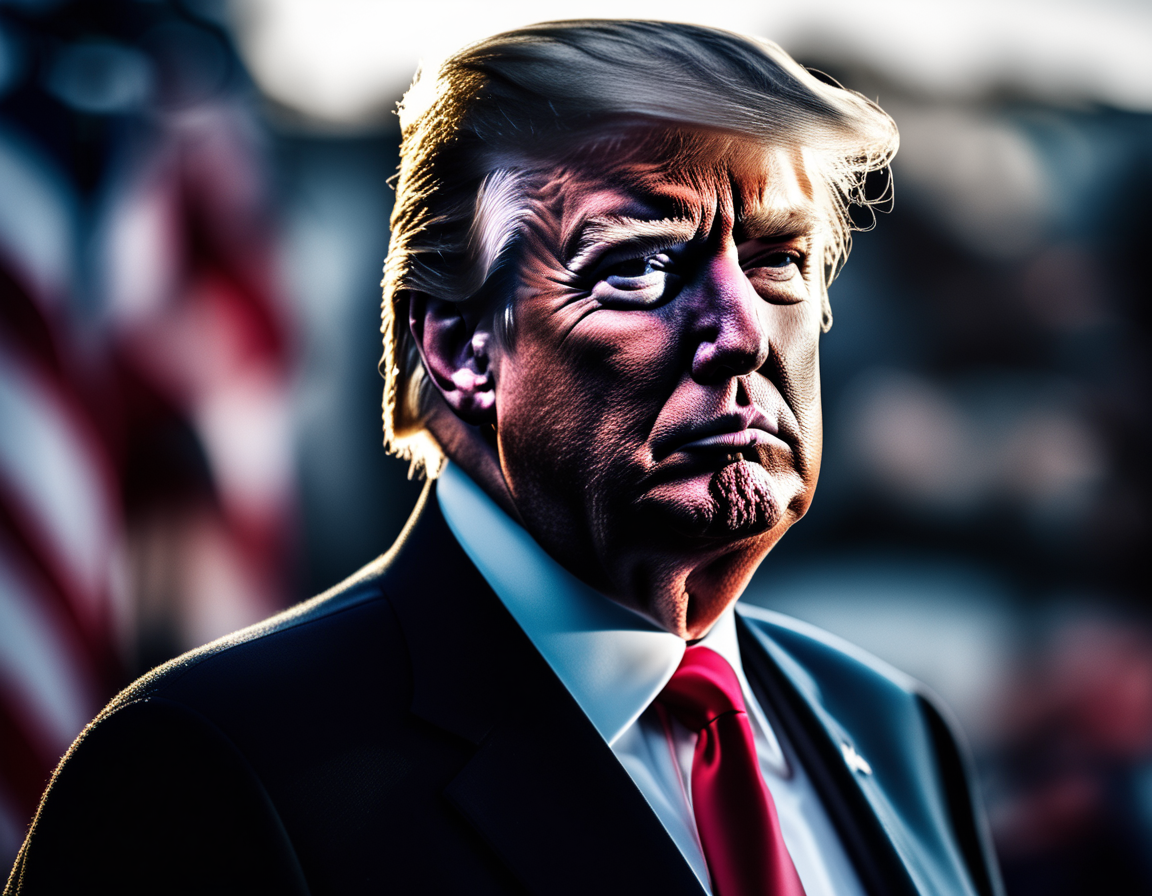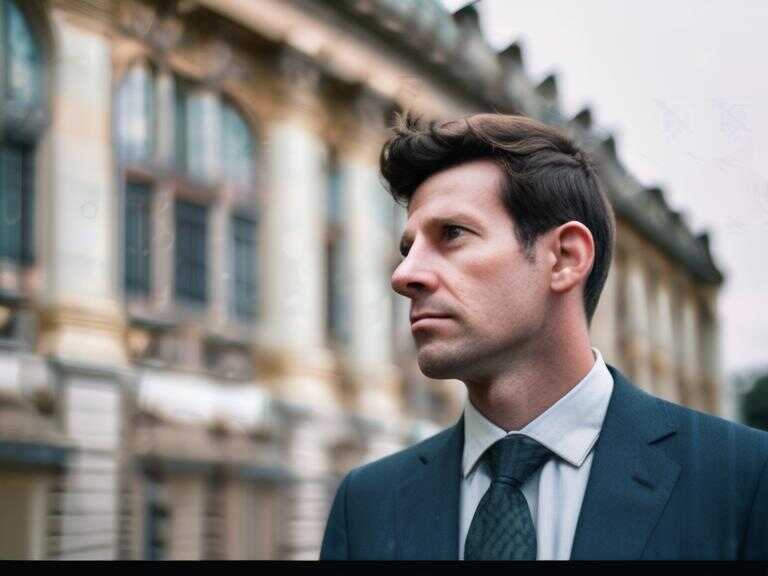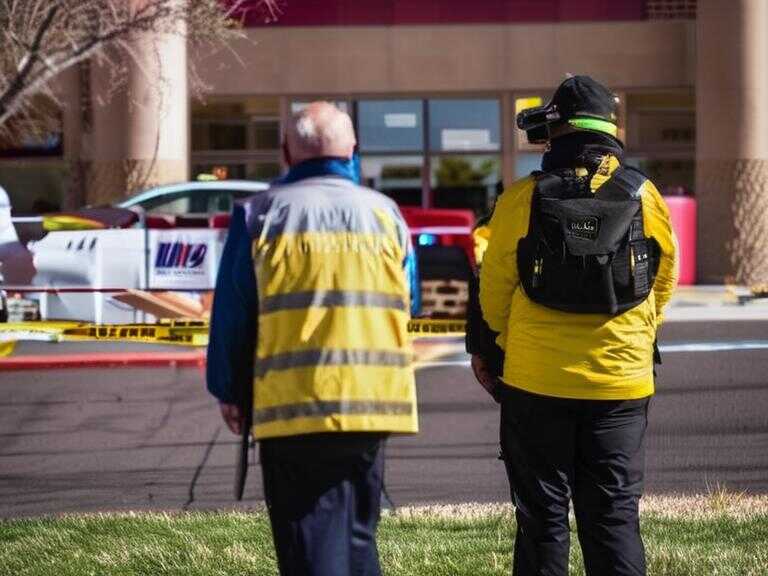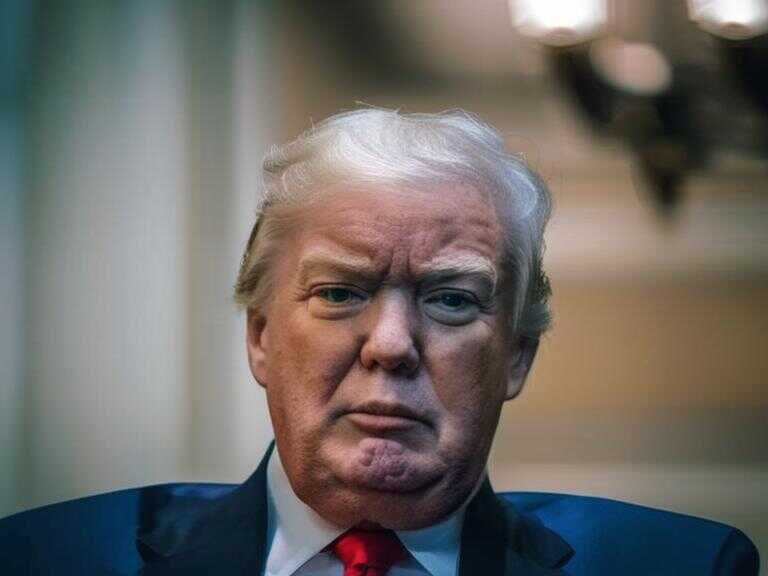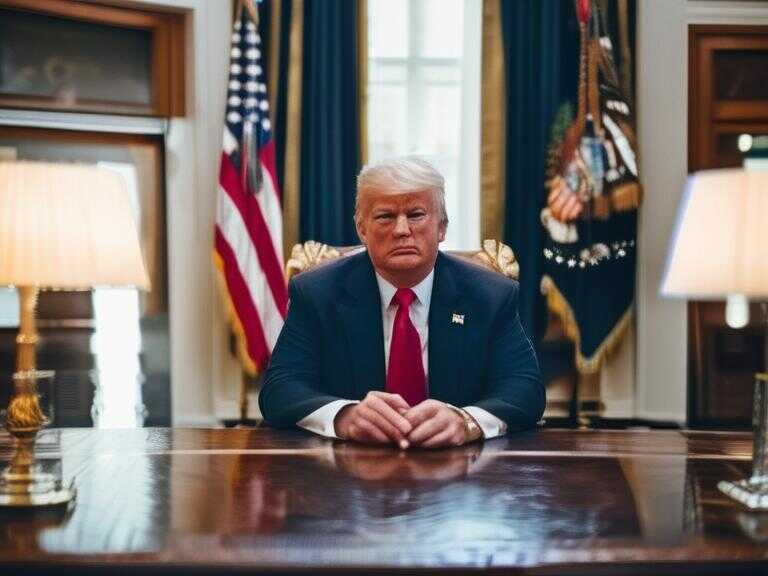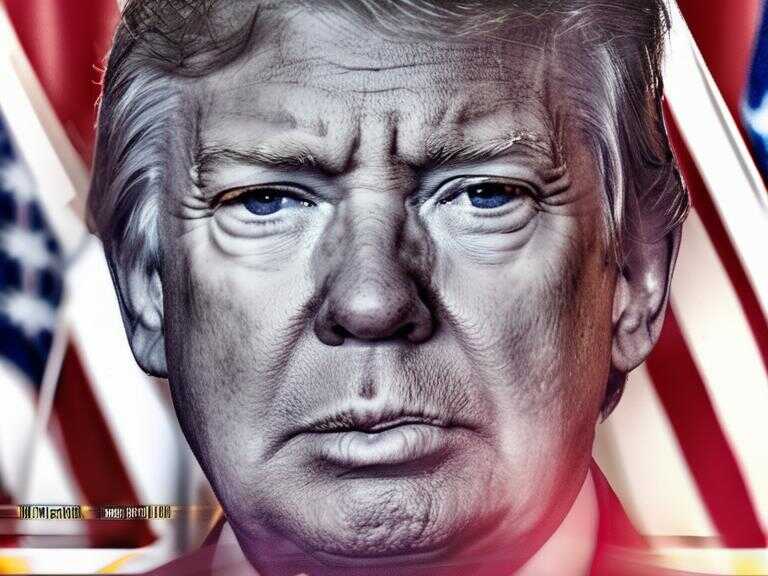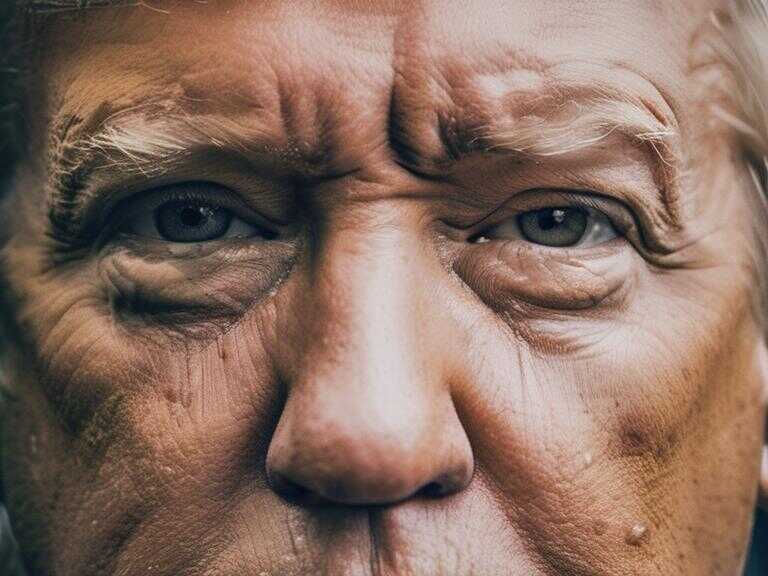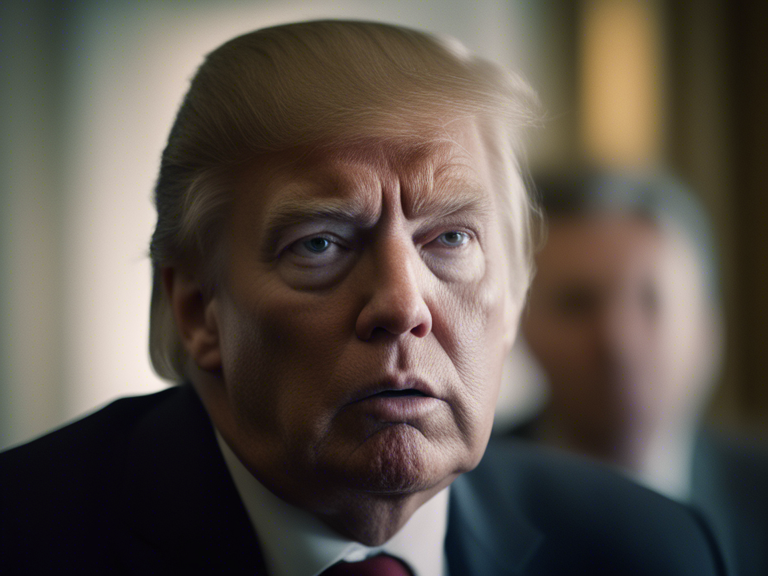
Chicago Mayor Plans to Replace George Washington Statue with Black Historical Figure at City Hall
Mayor Johnson to replace George Washington statue with one honoring a Black Chicagoan, reflecting a national debate on historical figures' memorials.

Mayor Brandon Johnson's administration is planning to replace the George Washington statue located outside the mayor's office with a new display honoring a prominent Black Chicagoan. The decision was confirmed by the mayor's spokesman, who stated that the move is part of an effort to update the surroundings of City Hall. Although the specific details regarding the replacement were not disclosed during the mayor's press conference, the spokesman later affirmed that the intention is simply to "making some updates to some areas in and around City Hall."
The Reasoning Behind the Move
While speculation arose about the potential removal of the George Washington statue, Mayor Johnson refrained from addressing the reasoning behind the decision or providing insights into the plans for the new display. However, the spokesman, Ronnie Reese, explicitly denied that the decision was motivated by the first president's history of slave ownership. Reese emphasized that the relocation was purely based on the need for statue repositioning, dismissing any association with historical considerations.
Potential Replacements and Alternative Figures
Despite not delving into the timeline, costs, or the fate of the Washington statue, Reese suggested several renowned Black historical figures as potential alternatives for the new City Hall display. Among the notable figures proposed were Ida B. Wells, Jean Baptiste Point DuSable, and Harold Washington, the city's first Black mayor. Reese highlighted the significance of considering monuments for individuals who have made a substantial impact on the city's history and commemorating the leaders of the 1919 race riots. The proposal aimed to reflect the rich and diverse legacy of famous Americans and African Americans from Chicago.
Creating a Public Space for Controversial Figures' Monuments
Ald. Carlos Ramirez-Rosa, 35th, an ally of Mayor Johnson, expressed support for establishing a public space dedicated to housing existing monuments to controversial figures. He drew parallels to Hungary's Memento Park, which is renowned for exhibiting fallen statues of leaders from the nation's Communist era. This initiative would provide an avenue for the relocation of statues such as the removed Christopher Columbus statues during former Mayor Lori Lightfoot's tenure. Ramirez-Rosa welcomed the notion of rehoming these monuments as a means to address the ongoing debate surrounding historical figures and their public commemoration.
Reevaluating Historical Figures' Commemoration
The impending removal of the George Washington statue aligns with Mayor Johnson's commitment to reassessing the commemoration of historical figures, a stance that resonates with his background as a former social studies teacher. The mayor's proactive approach seeks to reevaluate the criteria for memorializing figures within the city's governance. This move reflects a broader national discourse that gained momentum during the 2020 reckoning on race in America. The decision to replace the George Washington statue follows in the footsteps of former initiatives, such as the removal of the Columbus statue in Grant Park by Mayor Lightfoot. Furthermore, the establishment of a dedicated monument for police torture victims underscores the city's endeavor to acknowledge and address its complex historical narrative.
Building Upon Past Recommendations
While previous recommendations concerning historical figures' statues have remained unactioned under Johnson's administration, the mayor remains steadfast in imprinting his vision on reshaping Chicago's approach to monuments. The announcement of allocating $6.8 million for the development of eight new monuments signifies a tangible step towards commemorating individuals and events that have contributed to the city's diverse heritage. Mayor Johnson's proactive initiatives, combined with his track record as a proponent of honoring Indigenous Peoples, demonstrate a continued dedication to fostering an inclusive and reflective monument landscape within the city.
Share news





